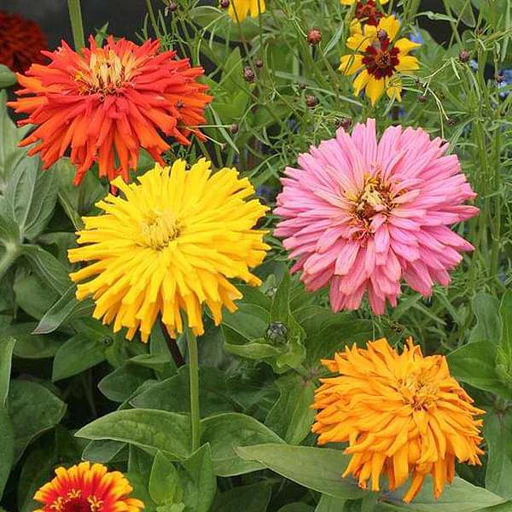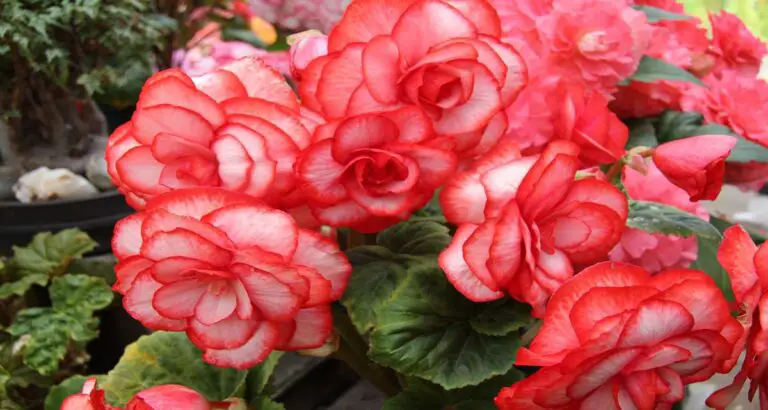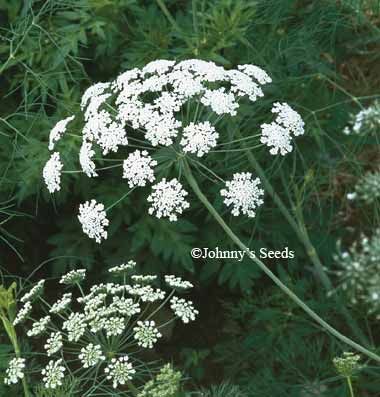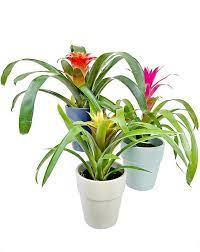Introduction
Welcome to our comprehensive guide on growing white sage (Salvia apiana). Whether you’re a seasoned gardener or just starting your gardening journey, this article will provide you with all the information you need to successfully cultivate and nurture this beautiful plant. White sage is a versatile and aromatic herb that is native to the southwestern United States and northwestern Mexico. Its distinctive grayish-green leaves and delicate flowers make it a popular choice among gardeners and herbal enthusiasts alike.
Understanding White Sage
What is White Sage?
White sage, also known as sacred sage or bee sage, is a perennial herb belonging to the Lamiaceae family. It is characterized by its silver-gray leaves, which have a fuzzy texture, and its tall flowering stalks that bear small, delicate white or lavender flowers. The plant can reach a height of 3 to 5 feet and has a bushy, compact growth habit.
Cultural Significance of White Sage
White sage has a long history of cultural and spiritual significance. It has been used by Native American tribes for centuries in various ceremonies, rituals, and medicinal practices. The aromatic smoke produced by burning dried white sage leaves is believed to cleanse and purify the environment, promoting positive energy and spiritual well-being.
Growing White Sage
Choosing the Right Location
To ensure optimal growth, white sage requires a sunny location with well-draining soil. Ideally, select a spot in your garden that receives at least six hours of direct sunlight per day. The soil should be loose, sandy, and have a pH level ranging from 6.0 to 8.0.
Propagation Methods
White sage can be propagated through both seeds and cuttings. Here are the steps to successfully propagate white sage using each method:
Propagating from Seeds
- Start by filling a seed tray or small pots with a well-draining seed starting mix.
- Moisten the soil and scatter the white sage seeds evenly on the surface.
- Lightly cover the seeds with a thin layer of soil.
- Place the tray or pots in a warm location, preferably with a temperature around 70-75°F (21-24°C).
- Keep the soil consistently moist but not overly saturated.
- Germination can take anywhere from 14 to 21 days. Once the seedlings have developed their second set of leaves, they can be transplanted into individual pots or directly into the garden.
Propagating from Cuttings
- Take 3 to 4-inch long cuttings from a healthy white sage plant, making sure to include a few sets of leaves.
- Remove the lower set of leaves, leaving only a few sets at the top.
- Dip the cut end of the stem in a rooting hormone to encourage root development.
- Fill a small pot with a well-draining potting mix and make a hole in the center using a pencil or a similar tool.
- Insert the cutting into the hole and gently firm the soil around it.
- Place the pot in a warm location with bright, indirect light.
- Mist the cutting regularly to maintain humidity levels.
- After a few weeks, you should start to see new growth, indicating successful root formation.
- Once the cutting has established roots, it can be transplanted into a larger pot or the garden.
Caring for White Sage
White sage is a relatively low-maintenance plant, but it still requires proper care to thrive. Here are some essential care tips for growing healthy white sage:
Watering
White sage is drought-tolerant once established, so it’s important not to overwater it. Allow the soil to dry out partially between waterings, and water deeply but infrequently.
Pruning
To maintain a compact and bushy growth habit, prune your white sage plant in late winter or early spring before new growth begins. Remove any dead, damaged, or overcrowded branches to encourage better airflow and overall plant health.
Fertilizing
White sage generally doesn’t require much fertilization. However, you can provide a light application of a balanced organic fertilizer in early spring to support healthy growth.
Pests and Diseases
White sage is relatively resistant to pests and diseases. However, it can occasionally be affected by aphids, spider mites, or powdery mildew. Regularly inspect your plants for any signs of infestation or disease, and take appropriate measures to address the issue promptly.
Harvesting and Using White Sage
Harvesting White Sage
White sage leaves can be harvested throughout the growing season, but it’s best to wait until the plant is well-established before collecting a significant amount. When harvesting, choose mature leaves and use sharp, clean scissors or pruning shears to make clean cuts. Avoid removing more than one-third of the plant’s foliage at a time to ensure its continued health.
Uses of White Sage
White sage has a wide range of uses, including:
- Ceremonial and Spiritual Purposes: White sage is commonly used for smudging rituals and ceremonies to cleanse and purify spaces.
- Aromatherapy: The aromatic scent of white sage leaves can be used in essential oil blends, candles, or incense to promote relaxation and stress relief.
- Culinary Applications: While white sage is not as commonly used in cooking as culinary sage, it can add a unique flavor to certain dishes and herbal teas.
- Medicinal Remedies: White sage has been traditionally used to treat various ailments, including sore throats, colds, and digestive issues. However, it’s essential to consult a qualified healthcare professional before using it for medicinal purposes.
Conclusion
In conclusion, white sage is a versatile and culturally significant herb that can be successfully grown in your garden with the right care and attention. By following the guidelines provided in this comprehensive guide, you’ll be well-equipped to cultivate and nurture white sage plants, allowing you to enjoy their beauty, fragrance, and potential benefits for years to come.







